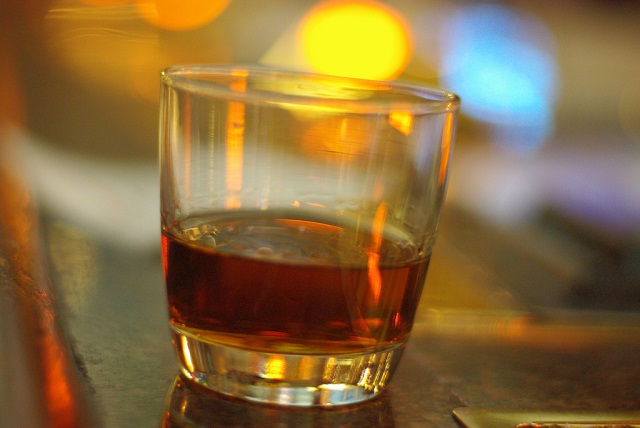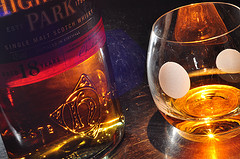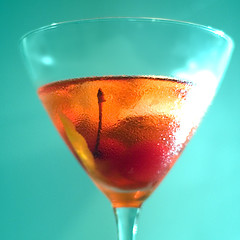
Credit: different2une
There is no doubt that Macallan puts out a great scotch whisky but you’re paying for a lot of brand name, history, and cache when you ring up at the register. BMW makes a perfectly fine car and Apple makes a beautiful iPhone, but you can get just as good, if not better, product for a lower price if you are willing to move away the brand.
That said, there’s something special about the bottle, the lettering, and the whole experience. So it’s perfectly understandable if you can’t pull yourself away!
So, how much is a bottle of Macallan? Here’s the price listing from my local Total Wine (we have a 9% sales tax on alcoholic beverages) and my benchmark whenever I see it in a store elsewhere.
Prices are for the 750ml size and current as of March 2016. I’ve included historical pricing from when I updated this post in the past, June 2015 and December 2013, if I included it then:
- Macallan V6 – $4,899.99
- Macallan V5 Reflexion – $1,899.99
- Macallan 25 YO – $1,299.99 ($949.99 in 2015, $899.99 in 2013)
- Macallan Fine Oak 21 YO – $389.99 ($299.99 in 2015, $289.99 in 2013)
- Macallan 18 YO – $239.99 ($199.99 in 2015, $169.99 in 2013)
- Macallan Fine Oak 17 YO – $249.99
- Macallan Fine Oak 15 YO – $109.99 ($99.99 in 2015, $94.99 in 2013)
- Macallan 12 YO – $55.99 ($54.99 in 2015, $48.99 in 2013)
- Macallan Fine Oak 10 YO – $54.99 ($47.99 in 2015, $44.99 in 2013)
- Macallan Edition No. 1 – $99.99
- Macallan Rare Cask – $299.99
I think that the Macallan 12 YO is a reasonable price, things just start getting a little crazier as you move up the age range. You’re paying $15 more than Glenlivet 12 YO (I know you can’t compare the two in this way but I enjoy both, for different reasons) whereas the jump from Glenlivet 18 YO ($120) to Macallan 18 YO is a bigger one (~$199).
Over the years, the Macallan 12yo hasn’t seen as meteoric rise as the others. I suspect that it’s the most approachable Macallan and they’re loathe to increase it too much too quickly.
Sláinte!

 I like looking at the results of the International Wine & Spirit Competition (IWSC) each year. I don’t put a tremendous amount of credence to the awards themselves but I do like looking at which malts scored highly because it can give me an idea of what to try next. The IWSC gives awards to a wide variety of alcoholic beverages but the one I look most closely at are the Gold Outstanding and Gold awards for Spirits out of Scotland. They also award three other levels, Silver Outstanding, Silver, and Bronze; though I always wonder how great Bronze is when there are four categories ahead of it!
I like looking at the results of the International Wine & Spirit Competition (IWSC) each year. I don’t put a tremendous amount of credence to the awards themselves but I do like looking at which malts scored highly because it can give me an idea of what to try next. The IWSC gives awards to a wide variety of alcoholic beverages but the one I look most closely at are the Gold Outstanding and Gold awards for Spirits out of Scotland. They also award three other levels, Silver Outstanding, Silver, and Bronze; though I always wonder how great Bronze is when there are four categories ahead of it!
 My brother in law loves to order Manhattans. A Manhattan is basically whiskey, sweet vermouth, and bitters. The whiskey can be any kind of whiskey – rye (Canadian) is most popular but you can use bourbon (Kentucky), a blended whiskey, or whatever strikes your fancy. What I’ve often is asked is what is the best scotch (or whiskey) to use in a mixed drink such as that one?
My brother in law loves to order Manhattans. A Manhattan is basically whiskey, sweet vermouth, and bitters. The whiskey can be any kind of whiskey – rye (Canadian) is most popular but you can use bourbon (Kentucky), a blended whiskey, or whatever strikes your fancy. What I’ve often is asked is what is the best scotch (or whiskey) to use in a mixed drink such as that one?